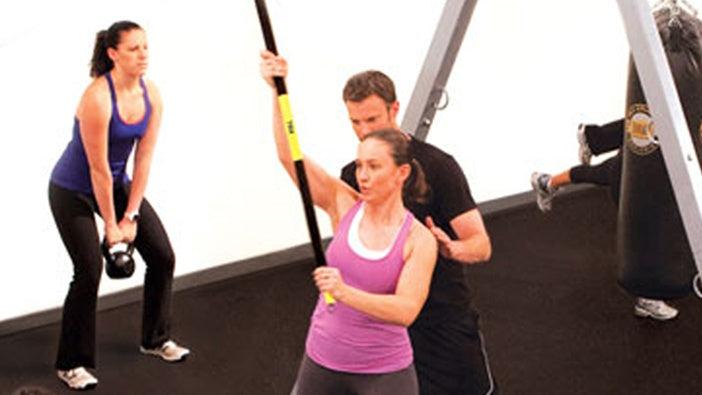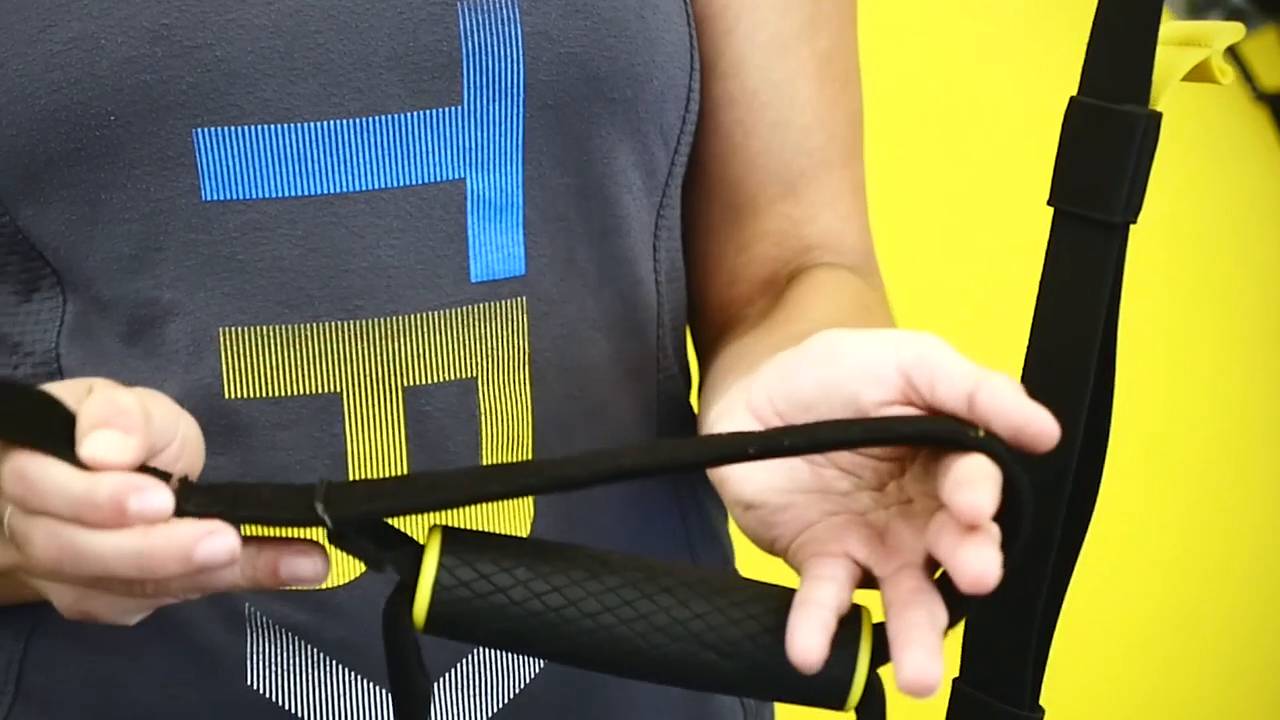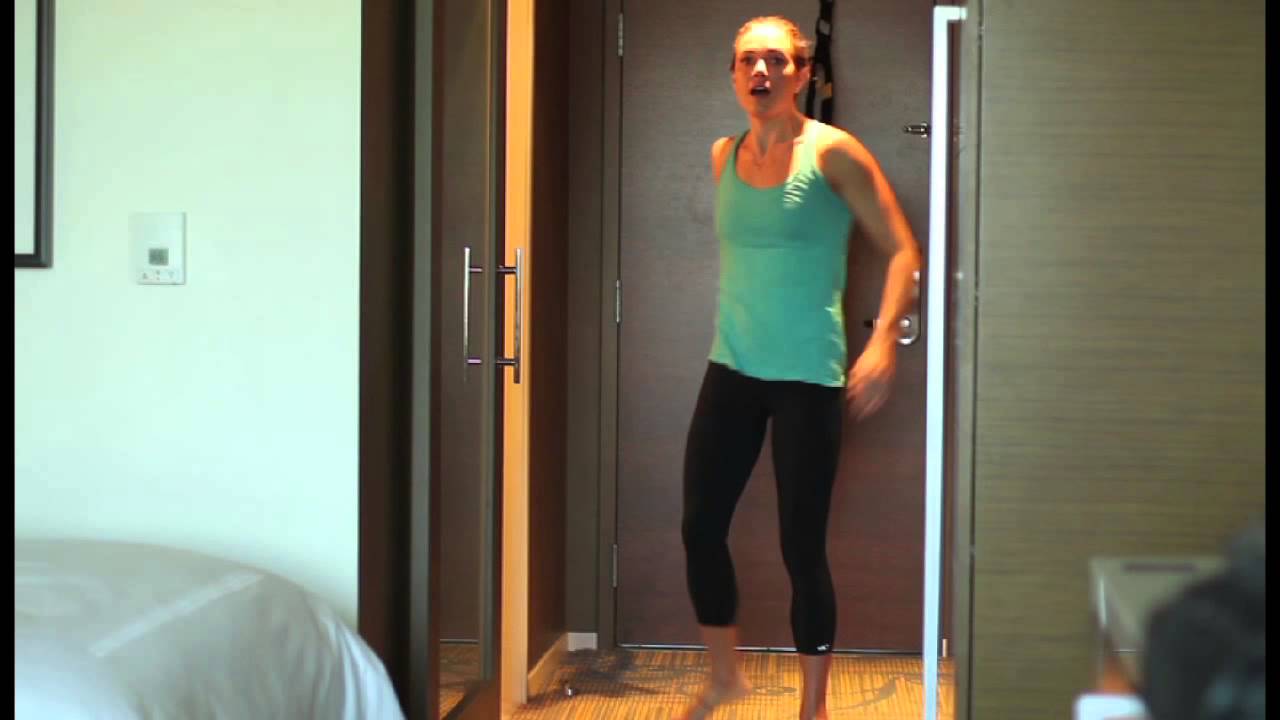Recently on his blog, world-renowned strength and conditioning coach Mike Boyle tackled a concept that some of you may be familiar with: high intensity interval training, or HIIT for short.
HIIT is a form of cardio exercise performed in short and intense bursts (intervals) to encourage fat loss. If you're serious about maximizing your time spent working out so you burn fat while building endurance, continue reading as Mike tells you how to HIIT.
Every fat loss article we read espouses the value of interval training for fat loss. The term high intensity interval training (HIIT) is thrown around so much that many people just assume they know what it is. However, among all of the recommendations I see to perform HIIT, very few articles contain any practical information as to what to do or how to do it. The focus of this article will be not why, as we have already heard the why over and over, but how. How do I actually perform HIIT?
To begin, we need to understand exactly what interval training is. In the simplest sense, interval training is nothing more than a method of exercise that uses alternating periods of work and rest. The complicated part of interval training may be figuring out how to use it. How much work do I do? How hard should I do it? How long should I rest before I do it again?
Interval training has been around for decades. However, only recently have fitness enthusiasts around the world been awakened to the value. The recent popularity of interval training has even given it a new name in the literature. Interval training is often referred to as high intensity interval training (HIIT), and it is now the darling of the fat loss and conditioning worlds. The truth is, you can also do low intensity interval training (LIIT). In fact, most people should not start with HIIT but LIIT. HIIT may make you vomit if you don't work into it.
Research Background
In case you have been in a cave for the last decade, let's quickly review some research. A recent study, done in Canada at McMaster University (often referenced as the Gibala Study after lead researcher Martin Gibala) compared 20 minutes of high intensity interval training, consisting of a 30 second sprint followed by a four minute rest, with 90 to 120 minutes in the target heart rate zone. The result was amazing. Subjects got the same improvement in oxygen utilization from both programs. What is more amazing is that the 20 minute program only requires about two minutes and 30 seconds of actual work.
A second study that has become known as the Tabata study again shows the extreme benefits of interval training. Tabata compared moderate intensity endurance training at about 70 percent of VO2 max to high intensity intervals done at 170 percent of VO2 max. Tabata used a unique protocol of 20 seconds work to 10 seconds rest done in seven to eight bouts. This was basically a series of 20 second intervals performed during a four minute span. Again, the results were nothing short of amazing. The 20/10 protocol improved the VO2 max and the anaerobic capabilities more than the steady state program.
Further evidence for the superiority of higher intensity work can be found in the September/October 2006 issue of the ACSM Journal. Dr. David Swain stated "running burns twice as many calories as walking." This is great news for those who want to lose body fat. I am not a running advocate, but we can put to rest another high intensity (running) versus low intensity (walking) debate.
Do the math. Swain states that a 136 pound person walking will burn 50 calories per mile and proportionally more as the subject's weight increases. In other words, a 163 pound person would weigh 20 percent more and, as a result, burn 20 percent more calories. This means that expenditure goes from 50 to 60 calories, also a 20 percent increase. Swain goes on to state that running at seven mph burns twice as many calories as walking at four mph. This means a runner would burn 100 calories in roughly eight and one half minutes or about 11 calories a minute. The walker at four miles per hour would burn 50 calories in 15 minutes (the time it would take to walk a mile at four MPH).
That's less than four calories per minute of exercise. This is less a testament for running and more a testament for high intensity work versus low intensity work. More intensity equals greater expenditure per minute.
In Part 2 and Part 3 of this series, Mike looks at primary ways to perform interval training and then examines the efficacy of performing interval training on various pieces of cardio equipment (treadmill, stationary bike, etc).
If you want your own HITT workouts to try, click here.
Mike Boyle is co-owner and content editor for strengthcoach.com, one of the world’s leading resources for performance enhancement information. He is Strength and Conditioning Coach with the US Gold Medal Olympic Teams in Women’s Soccer and Women’s Hockey and also for the Ice Hockey team at Boston University. The author of Functional Training for Sports and Designing Strength Training Programs and Facilities, Mike has appeared in well as over 20 instructional DVDs. He currently owns and operates Mike Boyle Strength and Conditioning, one of the nation’s first and most successful private strength and conditioning companies.




